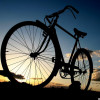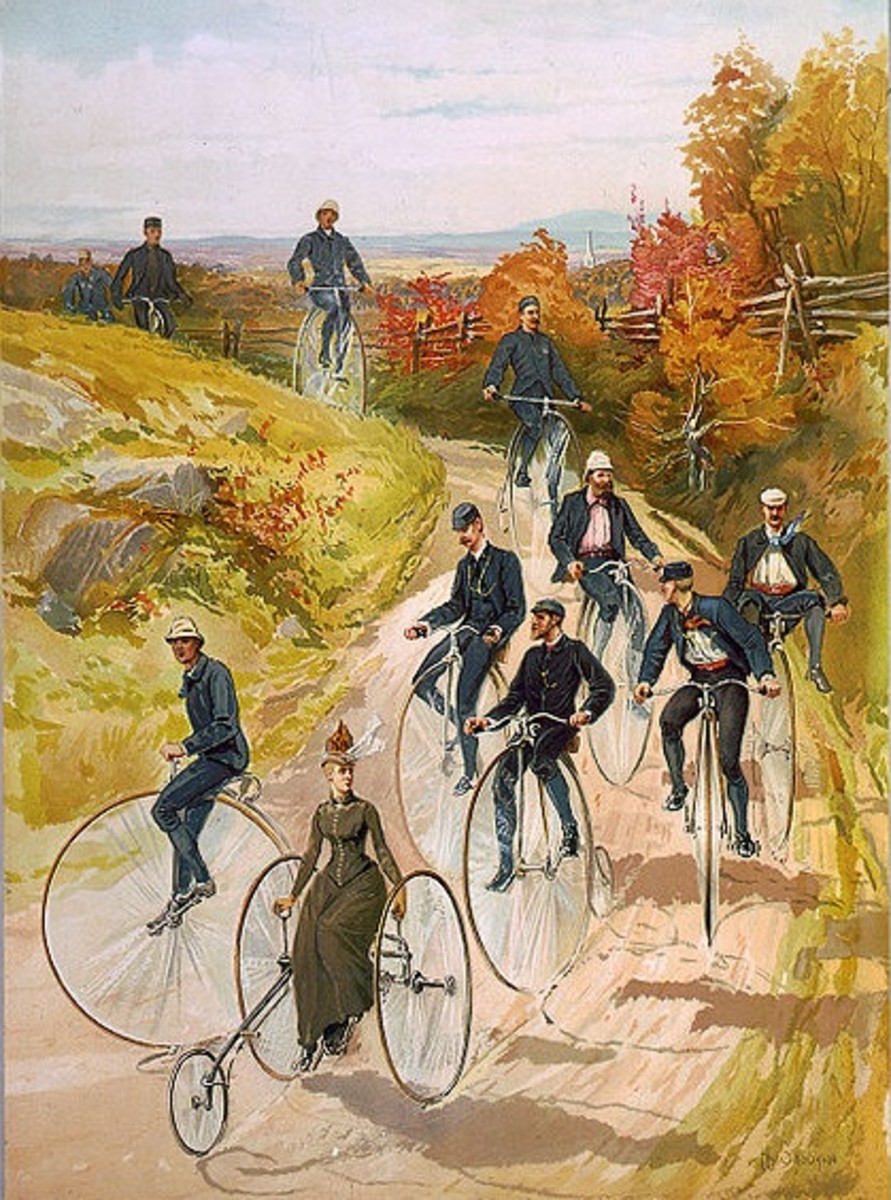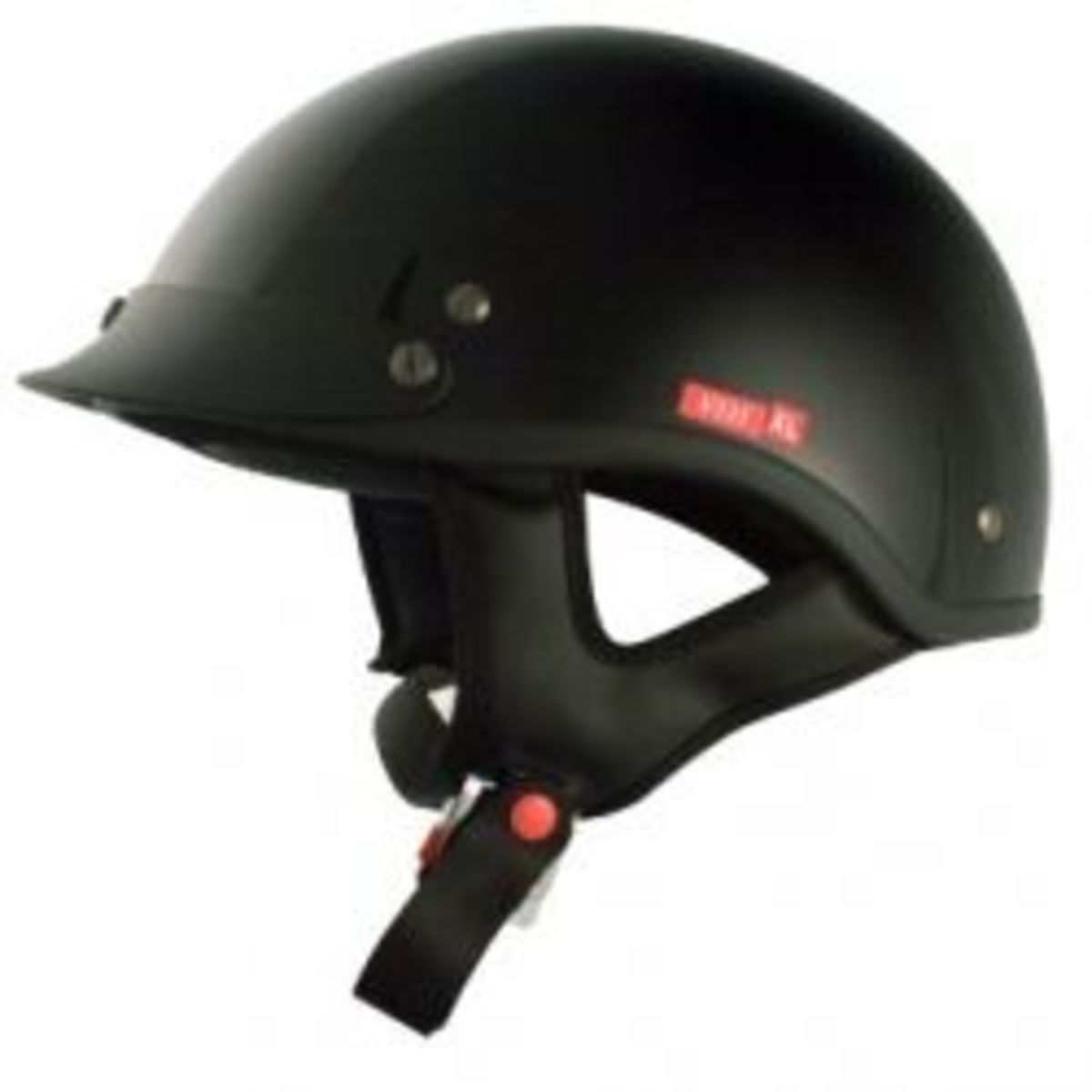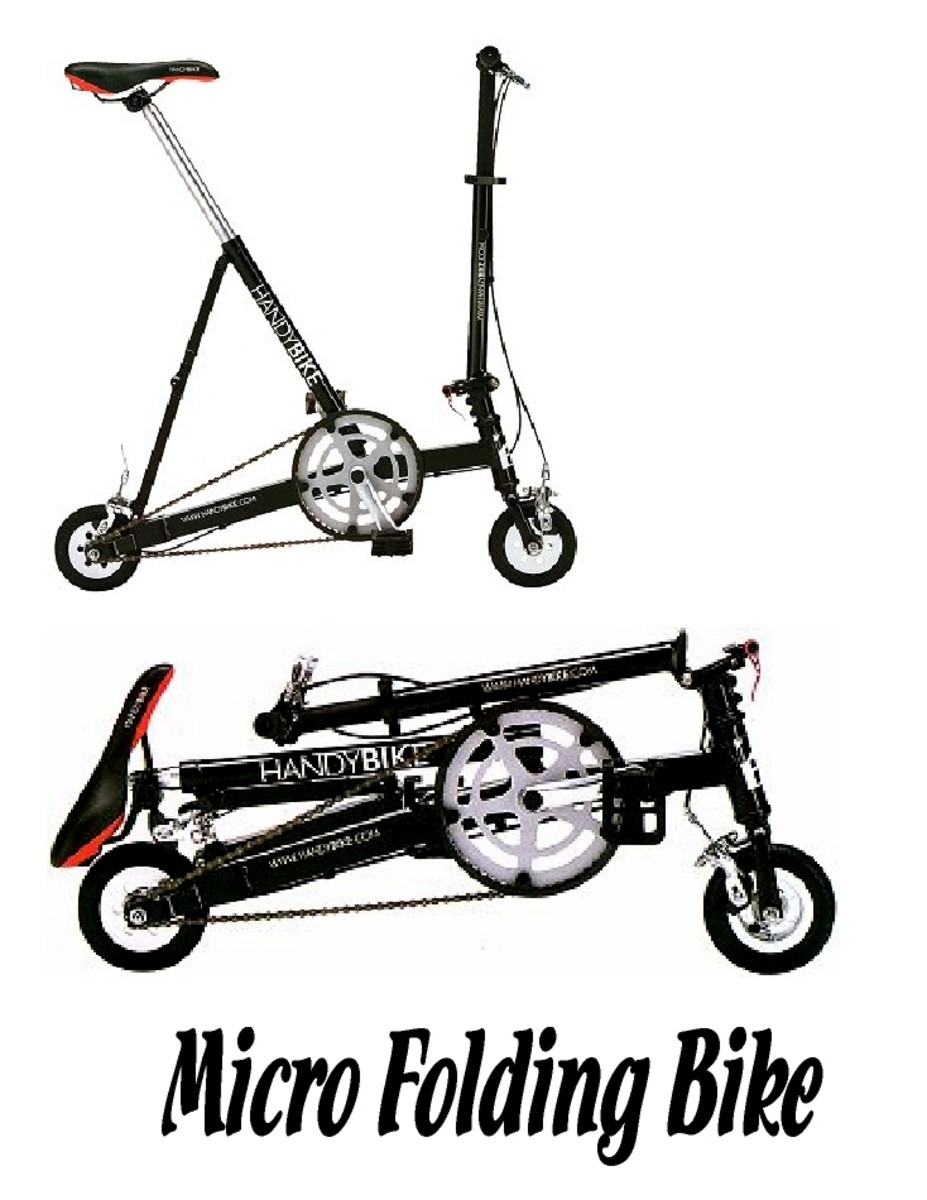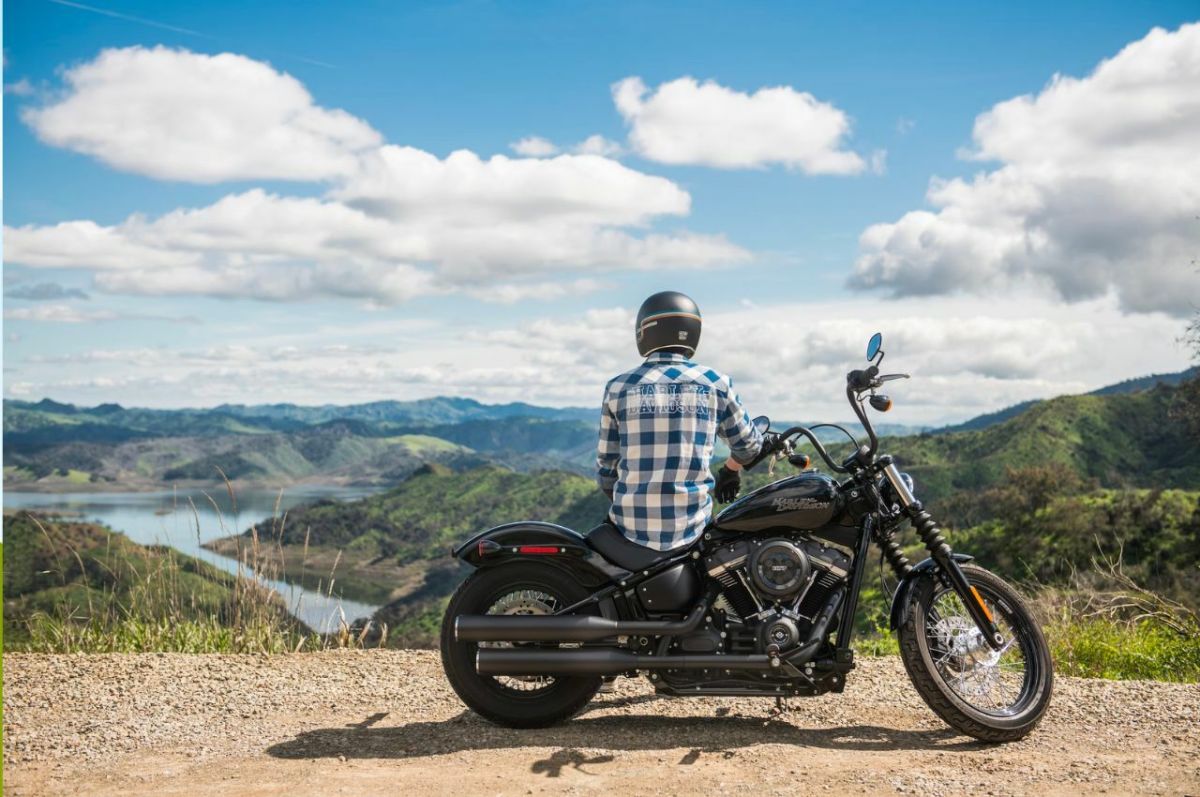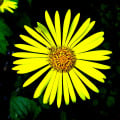Bike Safety Tips for Bike Commuters
Bicycle Safety: Why is it Important?
Did you know that 64% of cyclists deaths from traffic occurred on city roads with speed limits up to 70km/h? 18% of cyclists killed in traffic are under the age of 16. Unfortunately many cycling accidents can be easily prevented by an awareness of bicycle safety rules. When bike commuting, quite often the difference between a safe and unsafe cyclist is the presence of bike accessories (lights, helmet, reflective clothing and a bell) and the cyclists knowledge of bicycle safety rules.
I've been commuting by bicycle for the past 7 years and I've learned a lot about bike safety along the way. What I really wish is that all cyclists and motorists could be on the same page when it comes to sharing the road.
In this article, I will outline and discuss common bike accidents and how these can be avoided, key bicycle safety guidelines, cycling safety tips and bicycle safety gear. Please share your comments and stories below, and let's get the conversation going about bike safety.
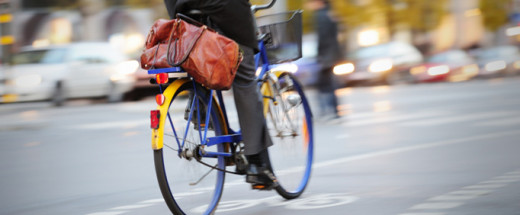
Bicycle Safety Tips: How to Crash on a Bike
Bicycle Safety Tips: How to Avoid Collisions
Left Cross
A motorist fails to see a cyclist and makes a left turn--it accounts for almost half of all bike-car crashes, according to the Pedestrian and Bicycle Information Center (PBIC).
If a car is turning into your path, be sure to turn to the right, in the lane with the vehicle. Also, don't creep into the intersection when the light is red, to get a head start.
Right Hook
A motorist passes a cyclist on the left and turns right into the bike's path. Passing stopped or slow-moving cars on the right places you in a driver's blind spot. Take the lane--it's your right as a cyclist. If you're in the lane, the driver will slow down and stay behind you and wait to make the turn.
Car Door Strike
To avoid being struck by a vehicle door when passing parked cars, always look at least 3 cars ahead and ride a minimum of 3 feet away from parked cars. Move into the vehicle lane, if necessary and be prepared to stop suddenly, keeping your weight over your rear wheel.
Hit from Behind
Make yourself as visible as possible and be bike smart. Use reflectors and lights on your bike at night; when moving to the left, signal with your arm; and hold a straight line while checking traffic over your shoulder, because even the most diligent driver could hit a swerving bike.
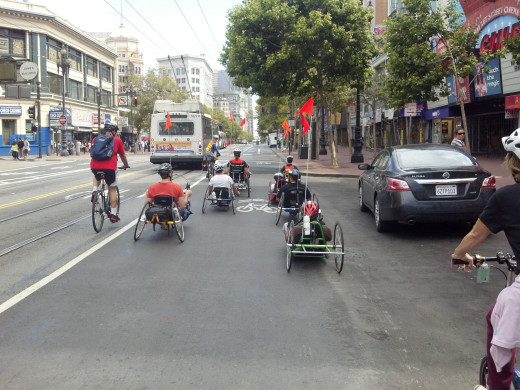
Bike Safety: Guidelines for Sharing the Road
Cyclist's Responsibility
| Driver's Responsibility
|
|---|---|
-Be aware of vehicle's blind spots, especially larger vehicles such as trucks, buses, van, SUV's or motorhomes.
| -Always shoulder check (to the right and to the left) when making a turn or when changing lanes
|
-Don't pass slower or parked vehicles on the right, as this places you in the vehicle's blind spot.
| -Always leave at least a metre between your vehicle and the cyclist when passing the cyclist.
|
-Always look ahead when riding alongside parked vehicles and keep at least 3 feet of distance between you and the parked cars (to avoid a car door striking you while you're on your bike)
| -Respect the cyclist's path/bike lane and don't make a turn over the bike lane until the cyclist passes first.
|
Key Bicycle Safety Rules
- Always come to a full stop at stop signs. In many communities, you can be fined for not coming to a complete stop.
- Never assume that another cyclist, driver, or pedestrian sees you. Make eye contact with other road users.
- Take care when passing parked cars to leave enough space for drivers and passengers to open car doors.
- Cycle in traffic safely and predictably. Signal before turning, and learn the skills needed to control your bike.
- Yield to pedestrians crossing the street, and to buses when they are leaving a stop.
- Do not ride on sidewalks or crosswalks unless signs posted allow you to. Walk your bicycle on a sidewalk or a crosswalk.
- Maintain your bike in good working order. Equip it with a warning bell and use front and rear lights on your bicycle after dark, as required by law.
- Helmets must be worn and safety vests or reflective clothing are recommended. Do not wear headphones that cover both ears.
- Take extra care when it’s wet because it will take longer for your brakes to grip and stop your bike.
Bike Safety Tips for Bike Commuters
Biking to work is not only a great way to get some built-in exercise, but many people find riding to work to be quicker and more enjoyable than driving to work. That said, if bike commuting is your thing, there are some things you should always consider when riding your bike through the city.
Bicycle safety should always be pre-planned and not a learn-as-you-go thing. The first thing you'll want to consider even before you hop on your bike is your bike route. How exactly are you going to get to your destination? If it's your first time and you're on a new route, you might want to consider doing a practice round either the weekend before or the night before. When you're biking in rush hour, it's important that you know exactly where you're going and which turns you need to make. This ain't no leisurely ride.
The second bike safety tip is your bike gear. You'll want to invest in a good bell, so you can warn pedestrians and other cyclists that you're about to pass. Another key bike component is proper bike lights for the front and rear of your bike. Then there's reflective clothing for biking in the dark.
Next, you'll need to familiarize yourself with the rules of the road and know what your rights and responsibilities are, as a cyclist.
Bike Safety: Life-Saving Bike Accesories
When it comes to bike accessories, there are some products that you must have. We're talking about bicycle safety and the rule of thumb for bike safety is to always air on the side of caution. Here are your must have bike accessories that will literally save your life:
- Bike lights. Look for high quality LED bike lights that are long-lasting (there are rechargeable bike lights on the market that will save you from buying numerous cheap bike lights). Most front and rear bike lights have different light settings for brightness and you usually have a choice between blinking or non-blinking lights.
- Bike helmet. I'm not going to lie, there are so many types of bike helmets on the market, it can be overwhelming. Cheaper priced bike helmets usually come in one size with the option of adjusting the inner straps to fit to your head. If you choose to invest in a more expensive, higher quality helmet, there are usually a variety of sizes to choose from, depending on your head size. The more money you invest in a helmet, the more style options you'll have: ventilation, more front head protection or more rear head protection (depending on the type of riding you're doing) and the general style of the helmet.
- Reflective bike clothing. Sometimes a blinking rear bike light isn't bright enough for motorists and cyclists need to take matters into our own hands. Invest in some reflective bike gear. That way when you're cycling at night, when motorists' lights come into your path, your gear will reflect off of the car's headlights, giving you a lot more visibility to the drivers.
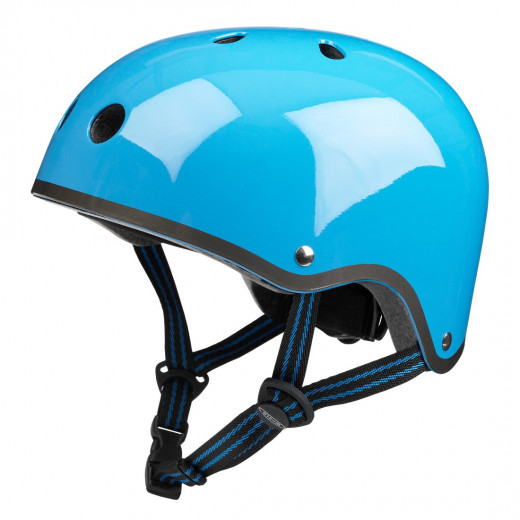
Helmet How-To
According to the Bicycle Helmet Safety Institute, wearing a proper fitting, Consumer Product Safety Commission (CPSC) certified helmet could prevent 85 percent of cyclists' head injuries. Check to make sure the bike helmet you're buying follows it needs to meet the standards of the Consumer Product Safety Commission.
Your helmet should be low, level and snug.
- Look in a mirror. Your helmet should sit level on your head, and the front of the helmet should cover most of your forehead. If the helmet tilts back and exposes your forehead, it's not going to protect you.
- Connect the chin strap, and tighten it so that it's snug beneath your chin-you should barely be able to fit a finger between the strap and your chin. Adjust the side straps so that the point of the V sits just below your ears.
- Push the helmet back on your head. Can you move the helmet more than an inch? Tighten the straps in front of your ears (loosen the rear straps so that the V points still sit just below your ears). If you can push the helmet forward, adjust the straps behind your ears. In the end, you shouldn't be able to move the helmet more than an inch in any direction.
